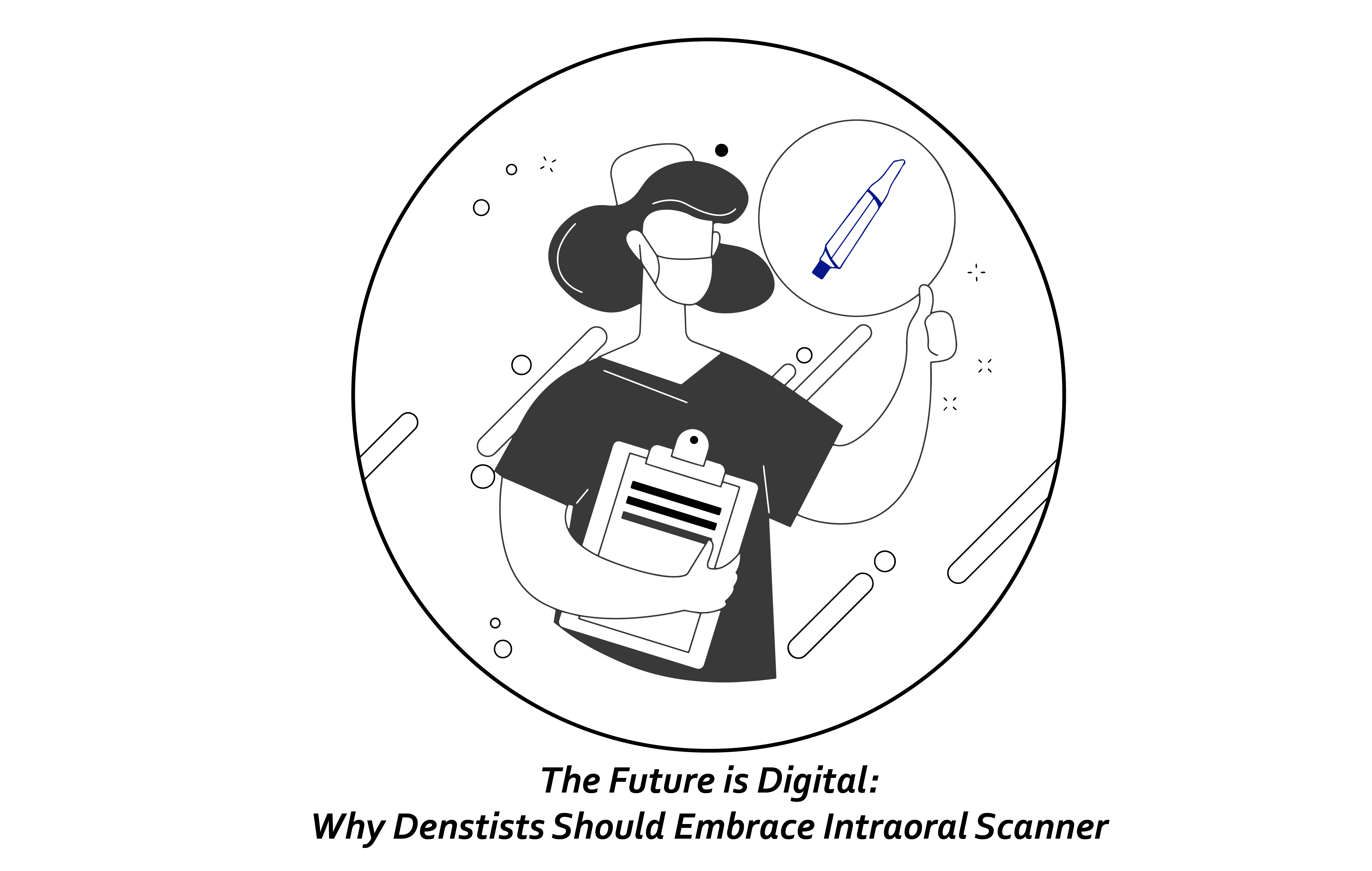For decades, the traditional dental impression process involved impression materials and techniques that required multiple steps and appointments. While effective, it relied on analog rather than digital workflows. In recent years, dentistry has gone through a technological revolution with the rise of intraoral scanners.
Whereas impression materials and techniques were once the standard protocol, the digital impression process enabled by intraoral scanners offers significant upgrades. By allowing dentists to digitally capture highly detailed impressions directly in a patient's mouth, intraoral scanners have disrupted the status quo. This provides several compelling advantages over conventional analog impressions. Dentists can now examine patients' teeth in vivid 3D detail right in the chairside environment, streamlining complex diagnosis and treatment planning that formerly required multiple visits into a single appointment. Digital scans also enable remote consultation options as files are seamlessly integrated into specialists' digital workflows.
This digital process streamlines operations by reducing chair time and speeding up treatment procedures. Digital scans provide greater precision, comfort for patients, and efficiency when sharing information with dental specialists and labs compared to traditional analog impressions. Examinations, consultations, and planning can now be seamlessly conducted through integrated digital workflows without delays.
As these benefits became apparent, forward-thinking dentists increasingly adopted intraoral scanners. They recognized how shifting to a digital impression workflow could modernize their practices. Tasks like complex treatment planning, restorative dentistry, and remote collaboration with their partner labs could all be optimized. It offered improved precision, efficiency and minimized imperfections compared to traditional methods.
Today, many dental offices have fully embraced intraoral scanners as a necessary part of providing quality patient care. The advantages in efficiency, communication and clinical outcomes are simply too great to ignore in an increasingly digital world. While analog impressions still have their place, dentists understand that the future is digital. In fact, intraoral scanners are quite literally shaping the future of dentistry. They set the stage for even greater digitization on the horizon through emerging technologies like AI, guided surgery, CAD/CAM manufacturing, and teledentistry - all relying on foundational digital data from a good scan. Automation, personalization, and remote care delivery will transform the patient experience in revolutionary new ways.
By unlocking new dimensions of precision dentistry and cutting impression time, intraoral scanners are driving the field into the digital era. Their adoption marks a major milestone in dentistry's ongoing digital transformation, keeping dental practices on the cutting edge to meet modern patient demands. In the process, intraoral scanners have proven to be indispensable tools that dentists should embrace.
Post time: Sep-21-2023






